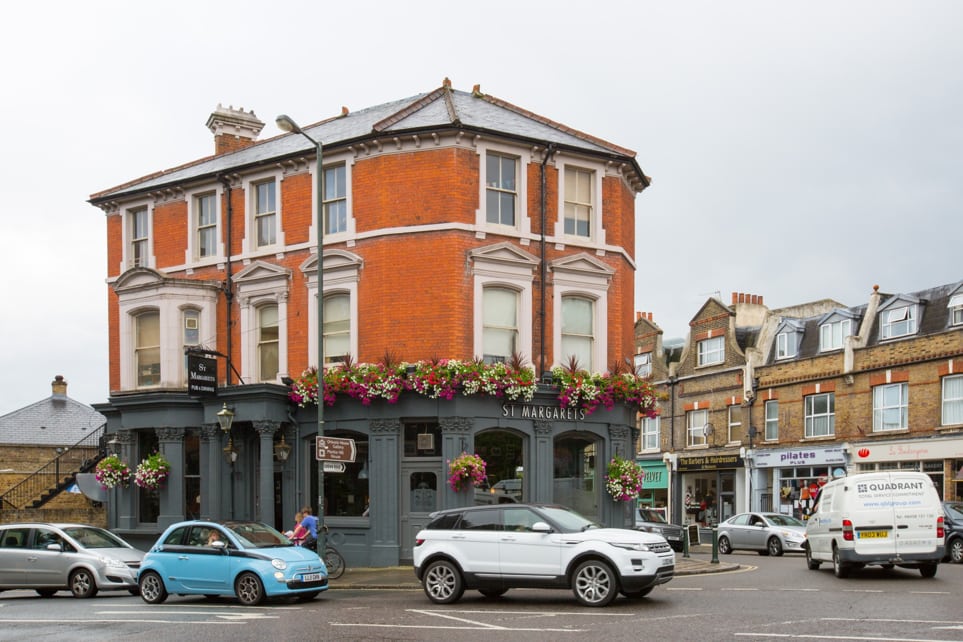A Homeowner’s Guide to Building Regulations in Richmond St Margarets
London Richmond St Margarets is a picturesque area known for its vibrant community, historical architecture, and lush green spaces. If you’re planning a construction or renovation project in this charming locale, understanding and adhering to building regulations is essential. This detailed guide will help you navigate the complexities of building regulations in Richmond St Margarets, ensuring your project is compliant, efficient, and successful.
What Are Building Regulations?
Building regulations are a set of legally enforceable standards designed to ensure safety, accessibility, and energy efficiency in construction projects. They apply to a wide range of building works, including new builds, extensions, renovations, and even specific installations like windows, doors, and boilers. Compliance with these regulations is mandatory and helps protect both property owners and the broader community.
Why Building Regulations Matter in Richmond St Margarets
Richmond St Margarets is an area with a rich architectural heritage and strict planning controls to preserve its character. Building regulations in this area not only ensure safety and sustainability but also help maintain the aesthetic appeal and historical integrity of the neighborhood. Whether you’re restoring a Victorian terrace, building a modern extension, or converting a basement, compliance with these regulations is non-negotiable.
Key Areas Covered by Building Regulations
1. Structural Safety
Building regulations require that all structures are designed and constructed to withstand loads and stresses. This includes ensuring proper foundations, structural support, and fire resistance.
2. Energy Efficiency
Regulations promote the use of energy-efficient materials and systems. Insulation, double-glazed windows, and energy-efficient heating systems are often mandatory to reduce carbon footprints and energy costs.
3. Fire Safety
Fire safety standards include the installation of smoke alarms, fire-resistant materials, and safe escape routes. These measures are critical for protecting lives and property.
4. Accessibility
Ensuring buildings are accessible to all, including individuals with disabilities, is a key focus. This includes features like ramps, wide doorways, and accessible bathroom facilities.
5. Ventilation and Moisture Control
Proper ventilation is essential to maintain air quality and prevent dampness and mold. Building regulations specify requirements for windows, extractor fans, and air circulation systems.
6. Drainage and Waste Disposal
Efficient drainage systems are crucial for managing waste and preventing flooding. Regulations ensure that drainage and plumbing systems are up to standard.
The Approval Process
1. Pre-Application Advice
Before starting your project, seek pre-application advice from the Richmond Council. They can provide guidance on specific requirements and potential challenges.
2. Submission of Plans
You must submit detailed plans and specifications to the local authority for approval. These documents should outline how your project complies with building regulations.
3. Inspections
Throughout the construction process, building control officers will conduct inspections at various stages. These inspections ensure that the work meets the required standards.
4. Completion Certificate
Upon successful completion of the project, a completion certificate will be issued. This document is vital for future property transactions and demonstrates compliance with regulations.
Common Challenges and How to Overcome Them
1. Heritage and Conservation Areas
Richmond St Margarets is home to several conservation areas, where additional planning controls apply. Working with architects and contractors experienced in heritage projects can help navigate these challenges.
2. Complex Extensions and Conversions
Projects like loft conversions and basement excavations often involve complex structural changes. Hiring qualified structural engineers and obtaining thorough surveys can mitigate risks.
3. Changing Regulations
Building regulations are subject to updates, often in response to advancements in technology and sustainability goals. Staying informed and consulting professionals can ensure your project remains compliant.
Tips for a Successful Project
- Hire Professionals: Engage architects, builders, and surveyors with experience in Richmond St Margarets to streamline the process.
- Plan Ahead: Factor in time for approvals, inspections, and potential delays.
- Budget Wisely: Allocate funds for unexpected expenses, such as additional structural work or upgraded materials.
- Communicate: Maintain open communication with your project team and local authorities.
Conclusion
Understanding and adhering to building regulations in Richmond St Margarets is a crucial step in any construction or renovation project. These regulations ensure safety, sustainability, and the preservation of the area’s unique charm. By following this guide and working with experienced professionals, you can achieve a successful project that meets all legal requirements and enhances the beauty of your property.
Whether you’re planning a small home improvement or a large-scale development, taking the time to understand building regulations will save you time, money, and stress in the long run. If you’re unsure where to start, consult the Richmond Council or a trusted building control expert to guide you through the process.



No responses yet